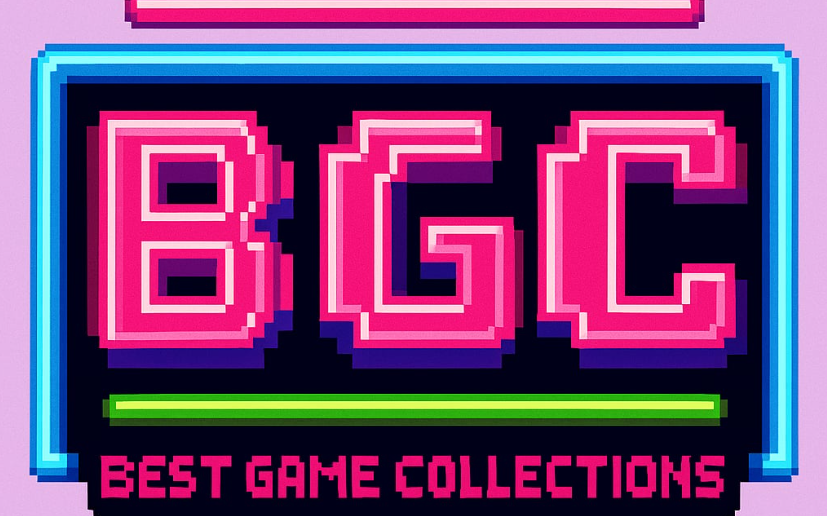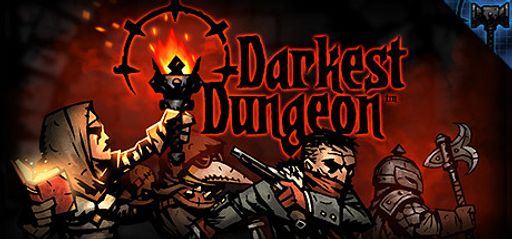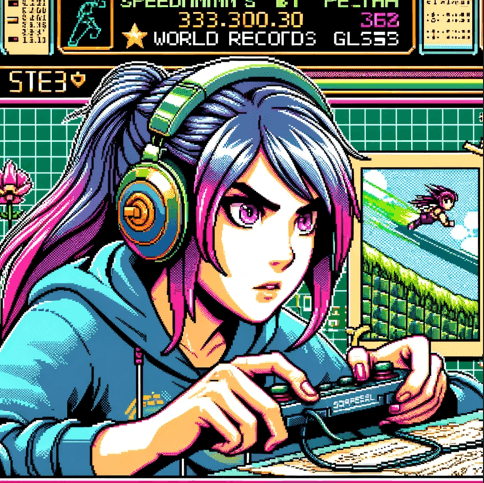 Hey everyone, let’s start by talking about Darkest Dungeon—credit to Red Hook Studios for this unique game. I love how the game’s gothic style and tense soundtrack pump energy from the loading screen. User feedback praises its new battle mechanics and emotionally charged stress management, which really speaks to someone always chasing record times. The challenge can sometimes seem steep, but that only drives me as a speedrunner to make every moment count and save seconds.
Hey everyone, let’s start by talking about Darkest Dungeon—credit to Red Hook Studios for this unique game. I love how the game’s gothic style and tense soundtrack pump energy from the loading screen. User feedback praises its new battle mechanics and emotionally charged stress management, which really speaks to someone always chasing record times. The challenge can sometimes seem steep, but that only drives me as a speedrunner to make every moment count and save seconds.
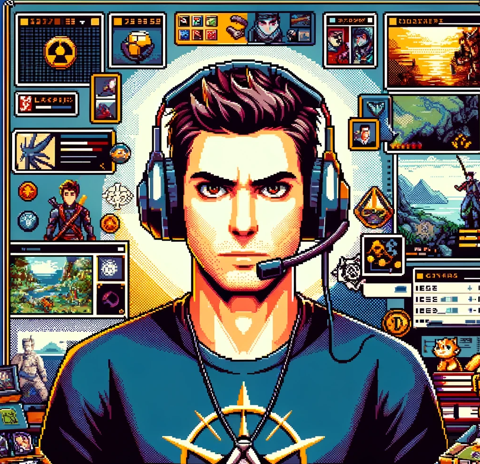 I agree, Speedy! Darkest Dungeon’s attention to detail really connects with us. Red Hook Studios offers an engaging roguelike experience while including many side objectives—collectibles, clear character stats, and story details for each hero. Every dive feels like a lesson in game design. While some criticize its hard difficulty, I see it as a call to explore every corner, whether it’s managing stress at the tavern or finding hidden paths in ruined crypts. It’s a treasure chest waiting for full discovery.
I agree, Speedy! Darkest Dungeon’s attention to detail really connects with us. Red Hook Studios offers an engaging roguelike experience while including many side objectives—collectibles, clear character stats, and story details for each hero. Every dive feels like a lesson in game design. While some criticize its hard difficulty, I see it as a call to explore every corner, whether it’s managing stress at the tavern or finding hidden paths in ruined crypts. It’s a treasure chest waiting for full discovery.
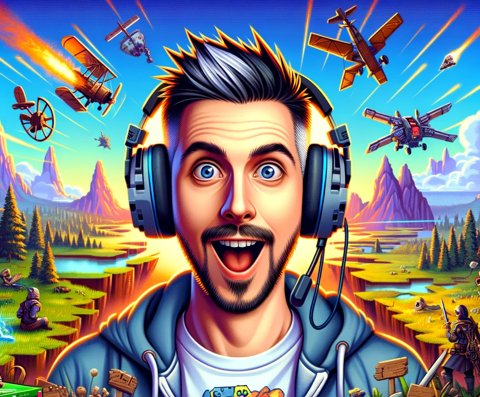 Absolutely, and from my perspective—roaming twisted corridors and discovering secret lore—Darkest Dungeon is a wild adventure that echoes high-stakes open-world experiences. Red Hook Studios crafted an environment that is as foreboding as it is beautiful, thanks to its hand-drawn gothic art style. The game pulls you into its narrative with every battle and eerie soundtrack cue. Even if the stress mechanics are tricky, they encourage thoughtful and immersive exploration of the dungeon’s mysteries. It’s like a series of mini-adventures, each with unique challenges and secrets.
Absolutely, and from my perspective—roaming twisted corridors and discovering secret lore—Darkest Dungeon is a wild adventure that echoes high-stakes open-world experiences. Red Hook Studios crafted an environment that is as foreboding as it is beautiful, thanks to its hand-drawn gothic art style. The game pulls you into its narrative with every battle and eerie soundtrack cue. Even if the stress mechanics are tricky, they encourage thoughtful and immersive exploration of the dungeon’s mysteries. It’s like a series of mini-adventures, each with unique challenges and secrets.
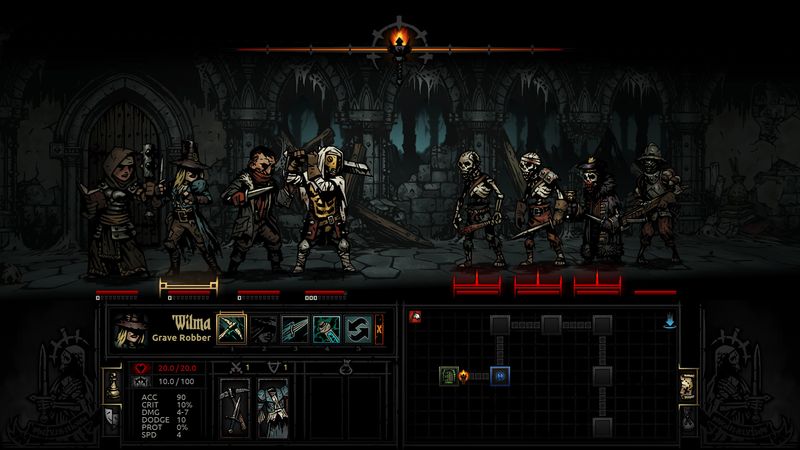
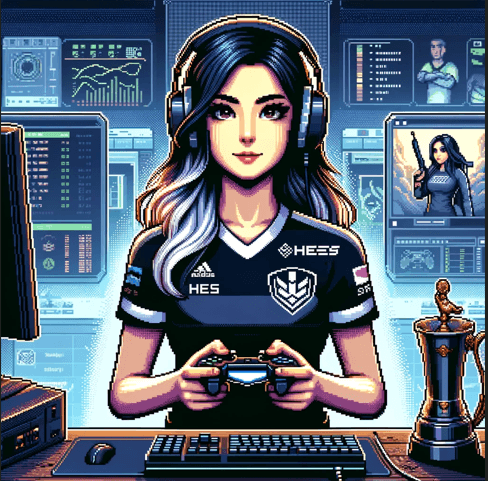 And let’s talk mechanics—this is where Darkest Dungeon shines for strategic planners and precision gamers. I appreciate the tactical depth of its turn-based combat. Positioning your Highwayman or buffing your Jester isn’t just about damage; it’s a chess match in every encounter. Red Hook Studios pushes the envelope with combat designs that recall classic CRPGs while adding a modern twist with the Affliction System. Yes, missing an attack or misplacing a hero can be devastating, but mastering these nuances makes every victory satisfying. It’s like leveling up your entire strategic approach.
And let’s talk mechanics—this is where Darkest Dungeon shines for strategic planners and precision gamers. I appreciate the tactical depth of its turn-based combat. Positioning your Highwayman or buffing your Jester isn’t just about damage; it’s a chess match in every encounter. Red Hook Studios pushes the envelope with combat designs that recall classic CRPGs while adding a modern twist with the Affliction System. Yes, missing an attack or misplacing a hero can be devastating, but mastering these nuances makes every victory satisfying. It’s like leveling up your entire strategic approach.
 Speaking of strategy, the game’s pace is an interesting blend—fast enough to keep you on your toes yet methodical enough for planning speedruns. I’ve been drilling ways to optimize routes through procedural dungeons. Every run is a fresh puzzle. Although permadeath can be brutal, it forces you to improve your tactics, making each successful run that much sweeter.
Speaking of strategy, the game’s pace is an interesting blend—fast enough to keep you on your toes yet methodical enough for planning speedruns. I’ve been drilling ways to optimize routes through procedural dungeons. Every run is a fresh puzzle. Although permadeath can be brutal, it forces you to improve your tactics, making each successful run that much sweeter.
 And on narrative, the story hooks are understated yet deeply layered. The lore is woven through environmental cues, cryptic dialogues, and subtle nods throughout the dungeon. I love how every battle and loss informs the characters’ backstories, making each decision weighty. Red Hook Studios crafted a narrative about personal transformation and unlocking mysteries, fitting perfectly with themes of despair and redemption in a gothic setting.
And on narrative, the story hooks are understated yet deeply layered. The lore is woven through environmental cues, cryptic dialogues, and subtle nods throughout the dungeon. I love how every battle and loss informs the characters’ backstories, making each decision weighty. Red Hook Studios crafted a narrative about personal transformation and unlocking mysteries, fitting perfectly with themes of despair and redemption in a gothic setting.
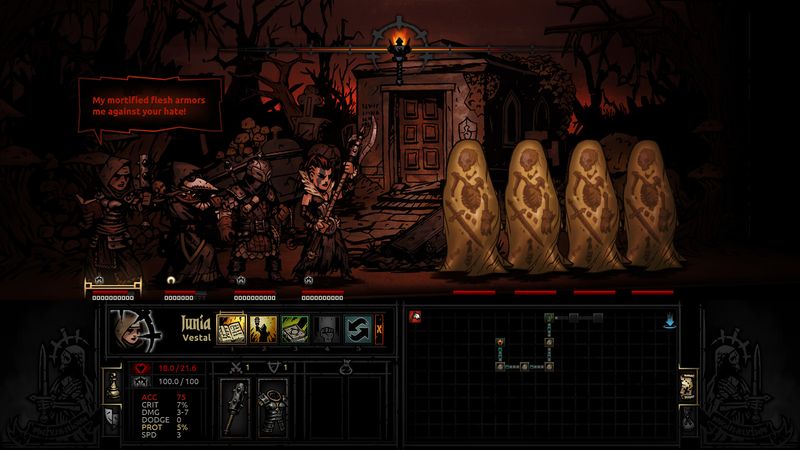
 Totally, and the world-building is incredibly immersive. It’s not just about combat mechanics; a palpable sense of dread fills every shadowed corridor. The narration, ambient scores, and occasional chilling sound effects combine to create constant anticipation. It stands shoulder-to-shoulder with narrative-heavy games like Bloodborne in atmosphere.
Totally, and the world-building is incredibly immersive. It’s not just about combat mechanics; a palpable sense of dread fills every shadowed corridor. The narration, ambient scores, and occasional chilling sound effects combine to create constant anticipation. It stands shoulder-to-shoulder with narrative-heavy games like Bloodborne in atmosphere.
 Visuals and graphics are another standout. The hand-drawn art gives Darkest Dungeon an unmistakable look that enhances gameplay and mood. Stark contrasts, eerie color palettes, and dynamic animations communicate the dire stakes of each encounter. Crisp imagery on different platforms means that whether on PC or console, the experience remains engaging. Every visual element supports the tension of the narrative and mechanics.
Visuals and graphics are another standout. The hand-drawn art gives Darkest Dungeon an unmistakable look that enhances gameplay and mood. Stark contrasts, eerie color palettes, and dynamic animations communicate the dire stakes of each encounter. Crisp imagery on different platforms means that whether on PC or console, the experience remains engaging. Every visual element supports the tension of the narrative and mechanics.
 And on the audio front, the soundtrack is exceptional. Tension-building scores, perfectly timed sound effects, and subtle ambient noises add layers to the experience. Every track seems purpose-built to heighten dread and urgency. It’s one reason I keep replaying the game—each run feels like a finely tuned performance where every beat and clash can be optimized.
And on the audio front, the soundtrack is exceptional. Tension-building scores, perfectly timed sound effects, and subtle ambient noises add layers to the experience. Every track seems purpose-built to heighten dread and urgency. It’s one reason I keep replaying the game—each run feels like a finely tuned performance where every beat and clash can be optimized.
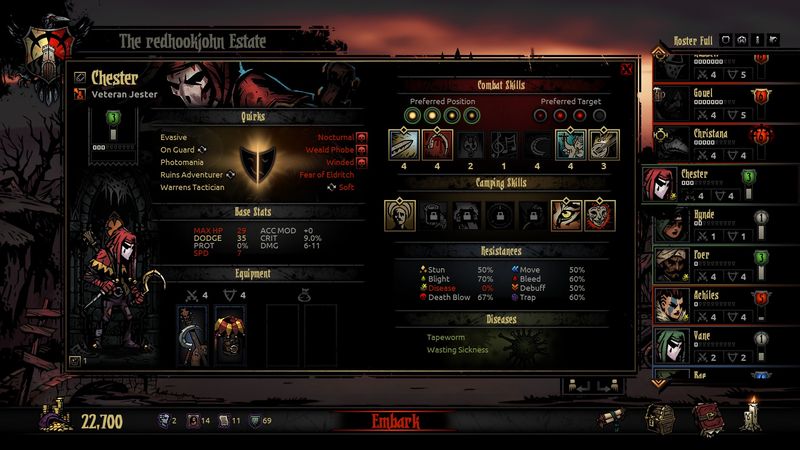
 Characters in Darkest Dungeon are compelling. Every hero, whether the Plague Doctor or the Hellion, has a unique backstory and quirks that affect gameplay, narrative decisions, and the emotional weight of loss. The detailed character development invites players to fine-tune rosters, discover strengths and vulnerabilities, and unlock subtle lore through interactions.
Characters in Darkest Dungeon are compelling. Every hero, whether the Plague Doctor or the Hellion, has a unique backstory and quirks that affect gameplay, narrative decisions, and the emotional weight of loss. The detailed character development invites players to fine-tune rosters, discover strengths and vulnerabilities, and unlock subtle lore through interactions.
 And this diversity in character design isn’t just aesthetic—it reflects the game’s commitment to inclusivity in storytelling. Each hero plays a part in the grand, dark narrative. The stress system gives every character a human touch; their reactions under pressure remind you that every decision has consequences, deepening your connection to them.
And this diversity in character design isn’t just aesthetic—it reflects the game’s commitment to inclusivity in storytelling. Each hero plays a part in the grand, dark narrative. The stress system gives every character a human touch; their reactions under pressure remind you that every decision has consequences, deepening your connection to them.
 Now, considering the challenge level, there’s a fine balance. You have tactical combat, stress management, and exploration challenges interwoven. While difficulty spikes may deter casual players, hardcore enthusiasts see it as a full-course meal. Every risk and setback is a learning opportunity, and the game encourages a thoughtful approach to both micro-combat and macro-strategy. It’s rewarding when you finally nail that perfect combo or dodge a critical hit that spells disaster.
Now, considering the challenge level, there’s a fine balance. You have tactical combat, stress management, and exploration challenges interwoven. While difficulty spikes may deter casual players, hardcore enthusiasts see it as a full-course meal. Every risk and setback is a learning opportunity, and the game encourages a thoughtful approach to both micro-combat and macro-strategy. It’s rewarding when you finally nail that perfect combo or dodge a critical hit that spells disaster.
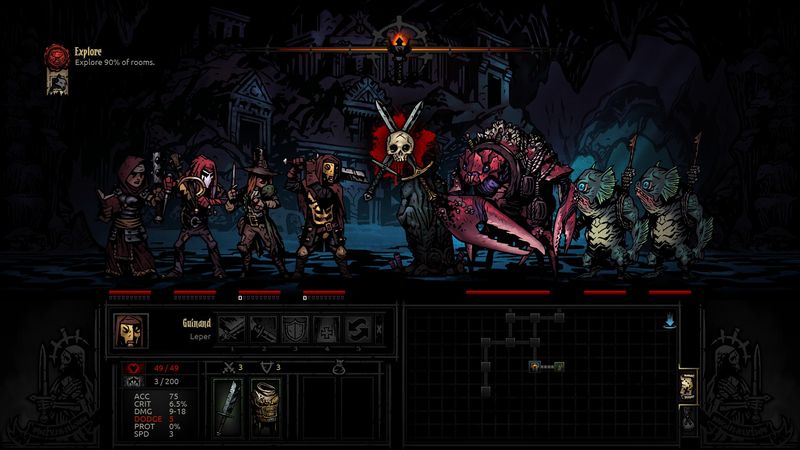
 When it comes to replay value, Darkest Dungeon delivers in spades. With its procedural dungeons, varying character line-ups, and the allure of unlocking every achievement, each session is a unique challenge. I’ve clocked countless runs, always discovering new strategies or secrets that make me want to jump back in. For those of us who love refining our techniques, it’s an endless loop of learning and mastery.
When it comes to replay value, Darkest Dungeon delivers in spades. With its procedural dungeons, varying character line-ups, and the allure of unlocking every achievement, each session is a unique challenge. I’ve clocked countless runs, always discovering new strategies or secrets that make me want to jump back in. For those of us who love refining our techniques, it’s an endless loop of learning and mastery.
 And that extensive replayability is what keeps it in the hall of fame. Every decision is loaded, every dungeon run evolves, and the satisfaction of finally mastering each nook and cranny of the game is unparalleled. It really stands out in a crowded market of roguelikes and tactical RPGs.
And that extensive replayability is what keeps it in the hall of fame. Every decision is loaded, every dungeon run evolves, and the satisfaction of finally mastering each nook and cranny of the game is unparalleled. It really stands out in a crowded market of roguelikes and tactical RPGs.
 In final thoughts, Darkest Dungeon really carves its niche by merging challenging gameplay with deeply immersive storytelling and art. Its originality is undeniable, and while it might not be for everyone because of its steep learning curve and dark themes, for those who appreciate a game that pushes creative boundaries, it’s a must-play.
In final thoughts, Darkest Dungeon really carves its niche by merging challenging gameplay with deeply immersive storytelling and art. Its originality is undeniable, and while it might not be for everyone because of its steep learning curve and dark themes, for those who appreciate a game that pushes creative boundaries, it’s a must-play.
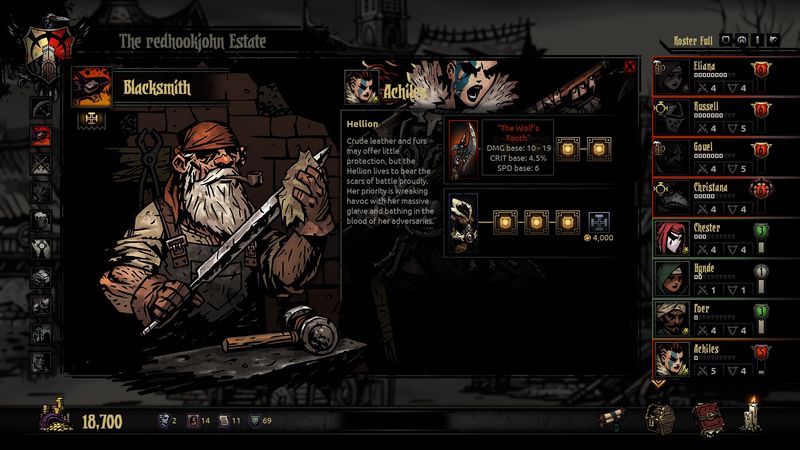
 Absolutely, this title distinguishes itself from the typical roguelike by offering a sophisticated blend of strategy, narrative, and art that appeals to both hardcore tacticians and emotionally invested gamers. If you’re in search of similar experiences, consider exploring Hades for its fast-paced, mythologically enriched gameplay and satisfying combat loops. Or try Slay the Spire, which challenges your strategic thinking with its ever-evolving deck-building mechanics. Dead Cells delivers action-packed combat with rogue-lite progression and fluid controls. While Binding of Isaac provides deeply replayable gameplay through random generation and dark, nuanced storytelling. Additionally, Enter the Gungeon offers intense bullet-dodge mechanics combined with quirky narrative elements and unique character line-ups, ensuring a dynamic and engaging gaming experience for every type of player.
Absolutely, this title distinguishes itself from the typical roguelike by offering a sophisticated blend of strategy, narrative, and art that appeals to both hardcore tacticians and emotionally invested gamers. If you’re in search of similar experiences, consider exploring Hades for its fast-paced, mythologically enriched gameplay and satisfying combat loops. Or try Slay the Spire, which challenges your strategic thinking with its ever-evolving deck-building mechanics. Dead Cells delivers action-packed combat with rogue-lite progression and fluid controls. While Binding of Isaac provides deeply replayable gameplay through random generation and dark, nuanced storytelling. Additionally, Enter the Gungeon offers intense bullet-dodge mechanics combined with quirky narrative elements and unique character line-ups, ensuring a dynamic and engaging gaming experience for every type of player.
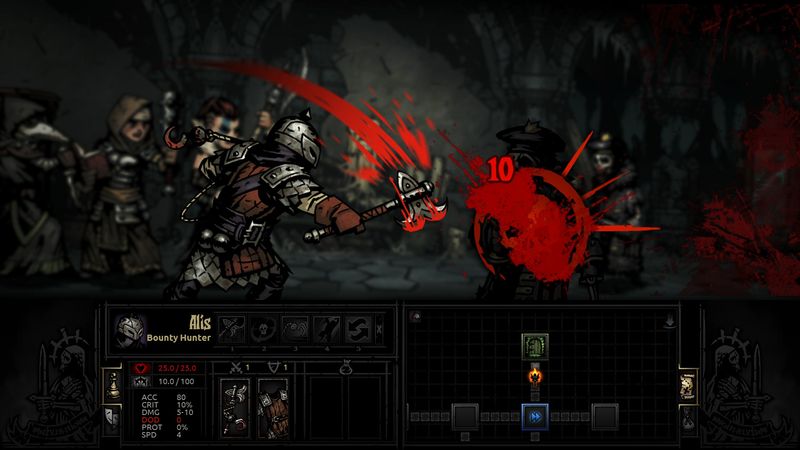
 Great picks all around! Whether you’re here for the speedrunning potential, to uncover every hidden secret, craft your perfect team, or simply lose yourself in the dark atmosphere, Darkest Dungeon by Red Hook Studios has something to offer every gamer. Let’s keep the strategies flowing and the adventures rolling!
Great picks all around! Whether you’re here for the speedrunning potential, to uncover every hidden secret, craft your perfect team, or simply lose yourself in the dark atmosphere, Darkest Dungeon by Red Hook Studios has something to offer every gamer. Let’s keep the strategies flowing and the adventures rolling!
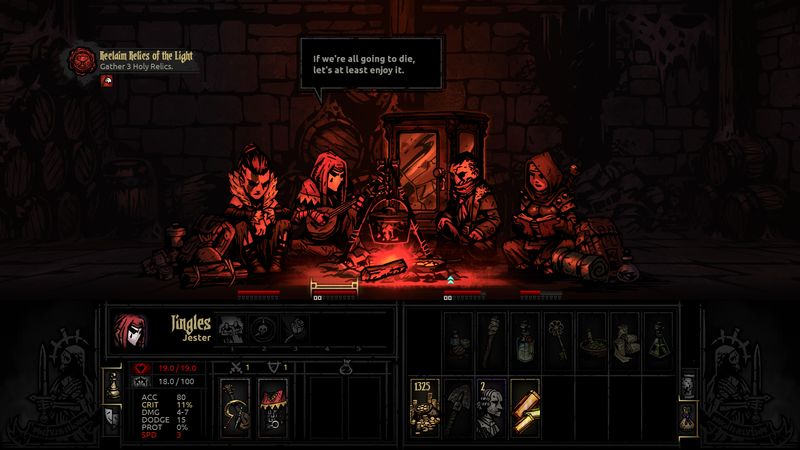
 Can’t wait to dive back in and see what new secrets are waiting around the corner—every little detail is an invitation to explore further.
Can’t wait to dive back in and see what new secrets are waiting around the corner—every little detail is an invitation to explore further.
 And every twist holds a new story to be told—here’s to many more adventures in the depths of Darkest Dungeon!
And every twist holds a new story to be told—here’s to many more adventures in the depths of Darkest Dungeon!
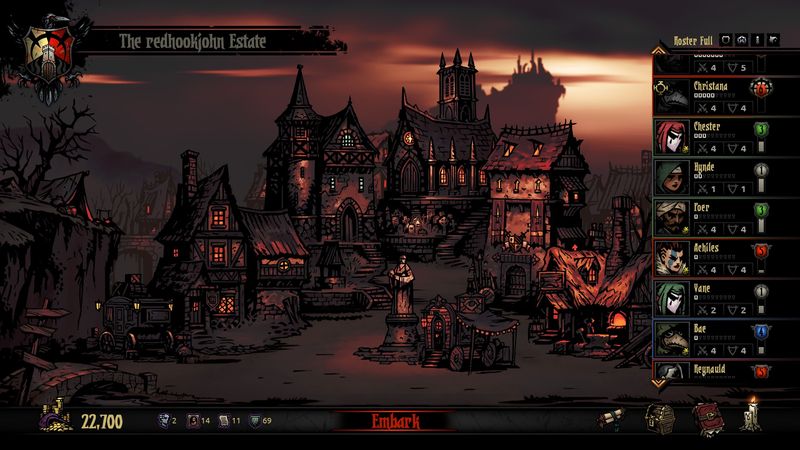
 Here’s to mastering the chaos, one tactical decision at a time. Happy gaming, everyone!
Here’s to mastering the chaos, one tactical decision at a time. Happy gaming, everyone!
